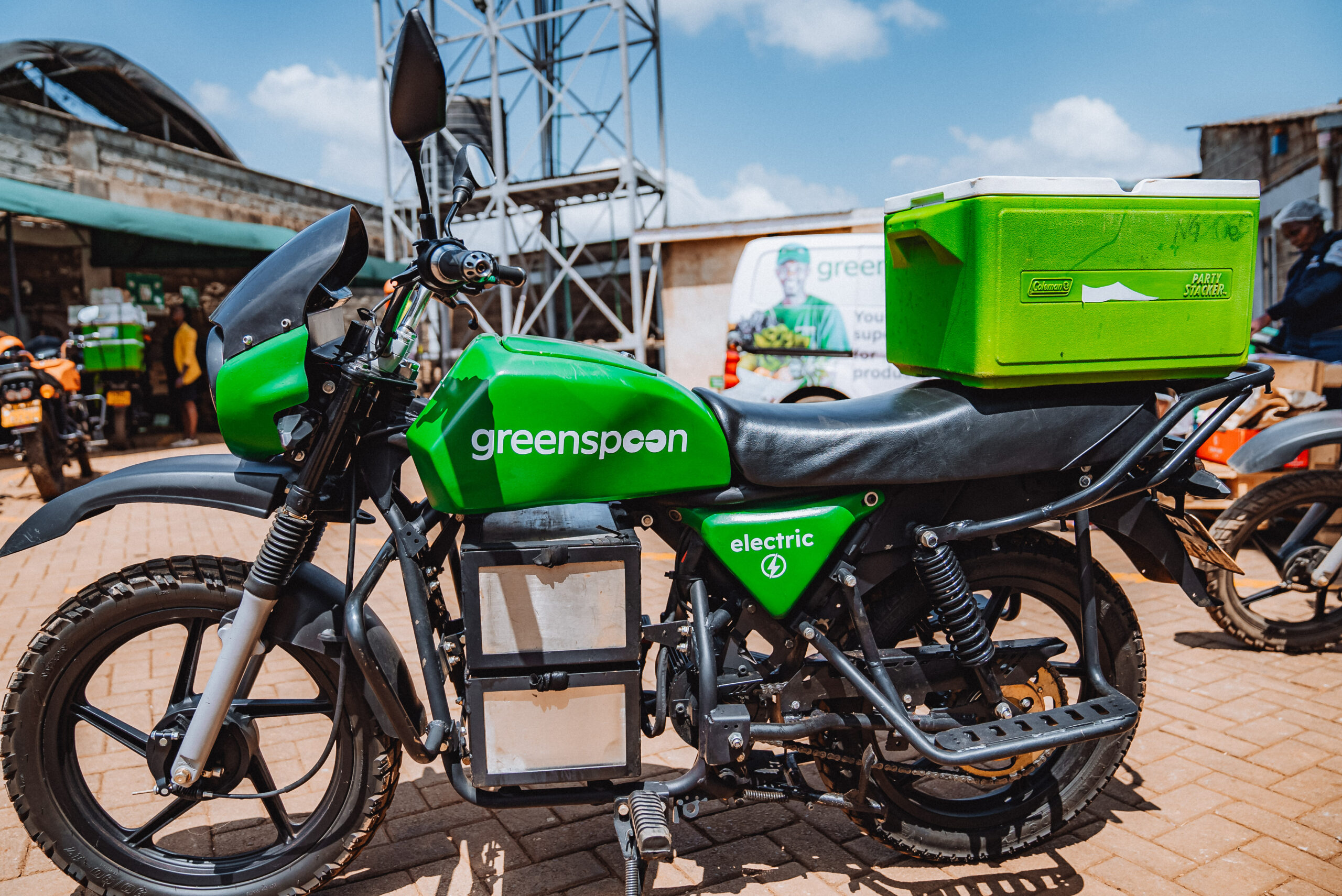Sign up for daily news updates from CleanTechnica on email. Or follow us on Google News!
A recent announcement from Shell in China shows that it is pulling further away on EVs with a charging station of record size. Let’s talk about what’s holding us back, and then get into the announcement.
Why Building 258 Stalls Is A Big Deal
The demand for electric vehicles (EVs) has been steadily growing as more people recognize the benefits of clean and sustainable transportation. However, the development of EV charging infrastructure has struggled to keep pace with this rising demand.
One key reason for this lag is the significant upfront investment required to build EV charging stations. Installing charging infrastructure involves various costs, including equipment, installation, electrical upgrades, and network connectivity. These expenses can be substantial, making it challenging for businesses and organizations to invest in a large-scale charging network without a guaranteed return on investment.
Additionally, the fragmented nature of the EV market poses challenges. There are different types of EVs, each with varying charging requirements and connector types. This diversity makes it difficult to establish a standardized infrastructure that can accommodate all EV models seamlessly. The lack of uniformity in charging standards can cause compatibility issues and make it more challenging to scale up the charging network efficiently. Fortunately, this problem seems to be resolving itself in many markets, including the United States.
Another factor contributing to the lag in EV charging infrastructure is the complex coordination required among multiple stakeholders. Building charging stations involves collaboration between governments, utilities, charging service providers, property owners, and automakers. Coordinating these different entities, along with addressing regulatory and permitting challenges, can significantly slow down the development of charging infrastructure.
Utilities can be among the toughest to deal with. Utility grid capacity and stability play a crucial role in the expansion of EV charging infrastructure. As the number of EVs increases, additional strain is placed on the electrical grid. Upgrading and reinforcing the grid to handle the increased power demand requires time, planning, and investment. Without adequate grid infrastructure, it becomes difficult to support a widespread network of charging stations. This both makes for challenges in pricing EV charging and paying for the upgrades in the form of demand charging.
As we know from problems the U.S. is experiencing with charging infrastructure that consumer behavior and range anxiety also impact the demand for charging infrastructure, and thus electric vehicles. Many potential EV buyers worry about the availability of charging stations and the time it takes to charge their vehicles. This concern can deter some people from making the switch to electric vehicles, leading to less demand for charging infrastructure.
In other words, despite all of these challenges, it’s not a problem we can just run away from. We have to meet it head-on.
When it comes to meeting these challenges, the US isn’t doing fantastic. For some brands, like Tesla and Rivian, the rollout is going pretty well. But, the rest of the charging industry seems to be having reliability and growth problems. It’s so bad in some cases that government officials seeking to promote EVs instead run headlong into problems.
Even when things are running OK, it’s common to see charging stations with fewer stalls than you can count on one hand. Even along busy interstates, I often see stations with only four stalls, and cars waiting to charge. But, Tesla’s stations tend to have a lot more stalls. 8-12 is common, and along the busiest EV interstates, they’ll have dozens. One station in California is eventually supposed to have 160 stalls.
From a gas station perspective, 160 stalls might seem like a lot, but keep in mind that cars often spend 20-45 minutes sitting at them. So, it doesn’t take much of a line to fill up a charging station. You can get by with fewer gas pumps because people don’t need much time at one.
When Tesla announced an upcoming 160-stall Supercharger station, it was going to be the largest in the world. But, China recently announced that it is going to build a charging station that puts our best to shame, and it has largely faced the same challenges people in the U.S. and Europe have.
A Whopping 258 Stalls
Shell has recently inaugurated its largest electric vehicle charging station worldwide in Shenzhen, China. Situated approximately 2.5 kilometers from the Shenzhen Airport Terminal, this charging station boasts an impressive 258 public fast-charging points. The facility is jointly operated by Shenzhen Shell and BYD Electric Vehicle Investment Company Limited, a collaborative effort between Shell and BYD.
During its trial operation, the Shell Recharge Shenzhen Airport EV Station catered to over 3,300 EVs daily. Beyond just providing EV charging services, the station offers a range of amenities, including Shell Select convenience retailing, Shell Café, vending machines, and a drivers lounge. The station is also equipped with rooftop solar panels that generate approximately 300,000 kilowatt-hours of renewable electricity per year, effectively powering the charging of customers’ vehicles.
“The opening of this new site is part of our ongoing commitment to meet the evolving needs of our customers in China.” said István Kapitány, Shell’s Global Executive Vice President for Mobility. “We know that EV drivers are looking for a charging experience that is fast, convenient and comfortable and this is reflected in the utilisation rates of our sites in China, which are two to three times the local industry average. China is one of the most important growth markets for Shell Mobility. We look forward to offering pleasant mobility experiences to more customers in China in the future.”
This Needs To Start Happening In The States
Really, the United States should have stations this big already, and we probably should have had them ten years ago or more. But, absent a time machine to go save the EV1 or prevent earlier problems that plagued the energy transition, I can’t do anything about that, and neither can any of us. But, today, in 2023, we do have at least some control over the future.
The United States really should have dozens of stations as big as Tesla’s largest station all up and down I-5, and all up and down every interstate. Stations half that size should be along minor highways, too.
If seeing this 258-stall station doesn’t give us the kick in the pants we need to get this done, I don’t know what will.
Featured image provided by Shell.
Have a tip for CleanTechnica? Want to advertise? Want to suggest a guest for our CleanTech Talk podcast? Contact us here.
EV Obsession Daily!
I don’t like paywalls. You don’t like paywalls. Who likes paywalls? Here at CleanTechnica, we implemented a limited paywall for a while, but it always felt wrong — and it was always tough to decide what we should put behind there. In theory, your most exclusive and best content goes behind a paywall. But then fewer people read it!! So, we’ve decided to completely nix paywalls here at CleanTechnica. But…
Thank you!
Tesla Sales in 2023, 2024, and 2030
CleanTechnica uses affiliate links. See our policy here.




